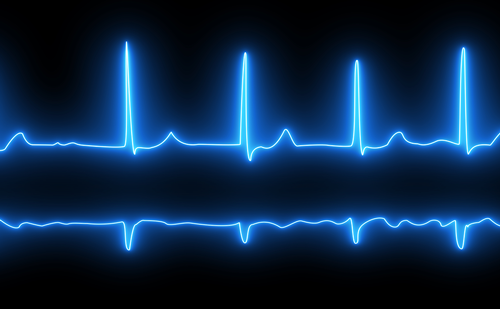Introduction: Worcestershire Acute NHS trust provides a nurse-led outpatient direct current cardioversion (DCCV) service since 2013. We do 300 DCCVs per year. A few clinic patients reported awareness at the time of cardioversion which prompted us to audit the service. We aimed to determine the efficacy of this service and the peri-procedural patient experience.
Methods: A prospective survey was done using questionnaires for patients who underwent DCCV. The questionnaire comprised 19 questions which included demographics, an anxiety scale, a visual analogue scale for post-procedure pain score, a Likert scale gauging patient experience, and an open-ended question about the overall experience. We retrospectively collected data from our clinical systems in terms of echocardiographic, electrocardiographic, procedural data (pad position, sedative agent, energy delivered), pharmacotherapy, acute success, and AF freedom at 3 months. Data were analysed using R version 4.1.0 for Linux and graphs were plotted using Microsoft Excel.
Results: 51 patients underwent elective DCCV during the 2-month period. 58% were males and mean age 66 (± 12.3). Mean CHADSVASC was 3 (± 2), mean BMI was 30.6 (± 6.2), mean ejection fraction was 46.2 (± 4.2), 91% had dilated atria, 63% were hypertensive and 37% were diabetic. 92% were acutely successful. 25% experienced pain from the shock and in this cohort, 60 % reported less pain than expected, 39% had pain as expected and 1% had more pain than expected. 98% would accept future DCCVs. 59% of patients who had acutely successful DCCV are awaiting a 3-month follow-up. 55% of patients who remained in sinus rhythm at 3 months received antiarrhythmic pre-treatment. All patients had pre- and post DCCV 12-lead electrocardiograms. 82.3% had pre-DCCV transthoracic echocardiograms.
Conclusion: Our cardiac specialist nurse-led cardioversion service plays a vital role in the rhythm management of atrial fibrillation and atrial flutter. Most patients had a pleasant experience and would undergo future DCCVs. The acute success rate was 92% suggesting good patient selection. AF recurrence was linked to known factors of dilated atria, elevated BMI (p=0.017), and hypertension. As expected, the antiarrhythmic pre-treatment cohort had higher AF freedom at 3 months. We plan at reassessing the 6-month AF freedom.
















